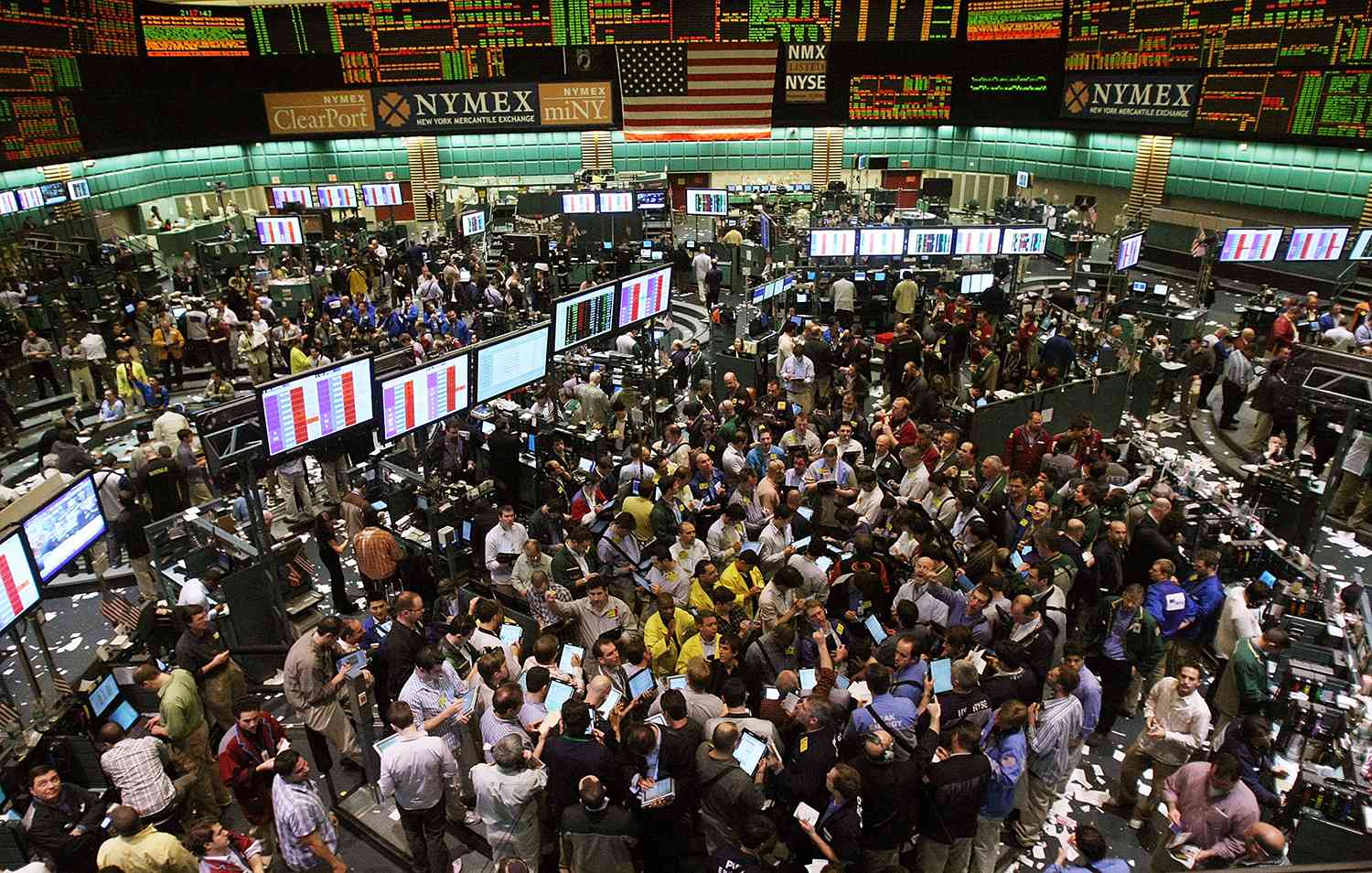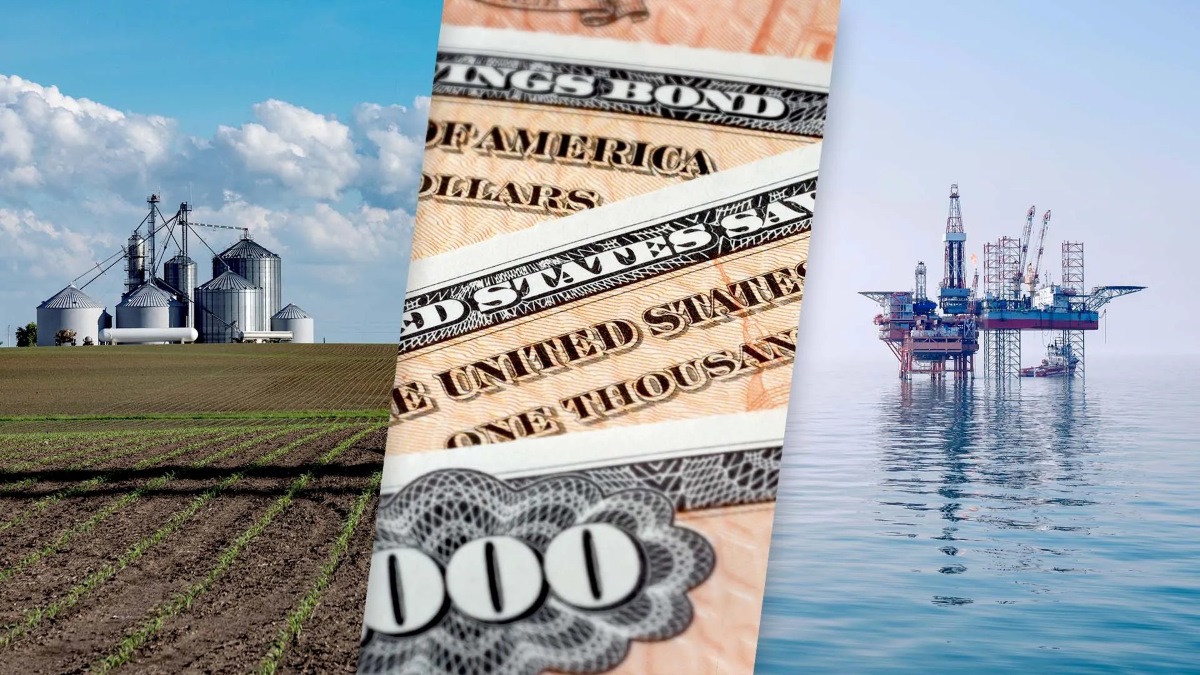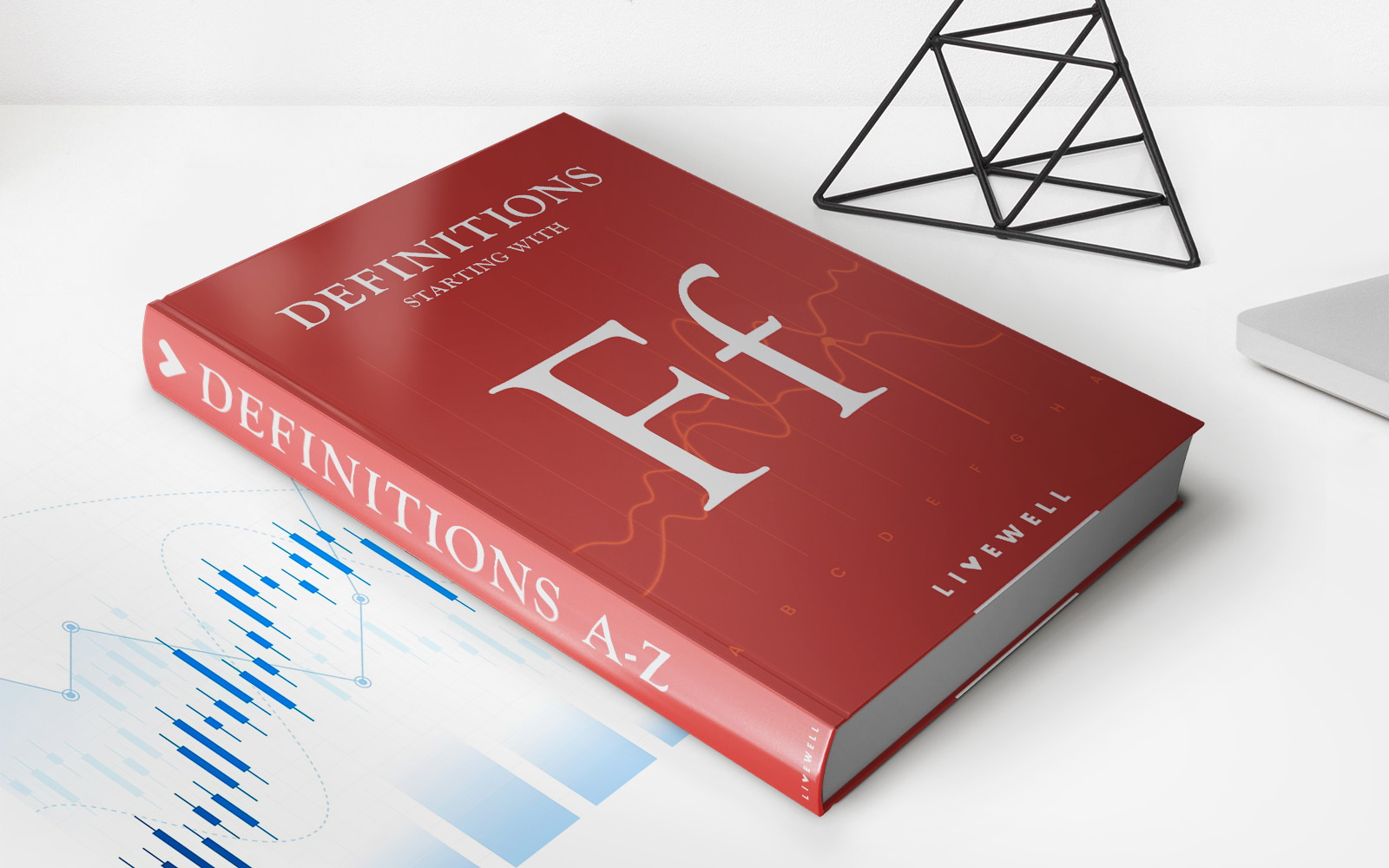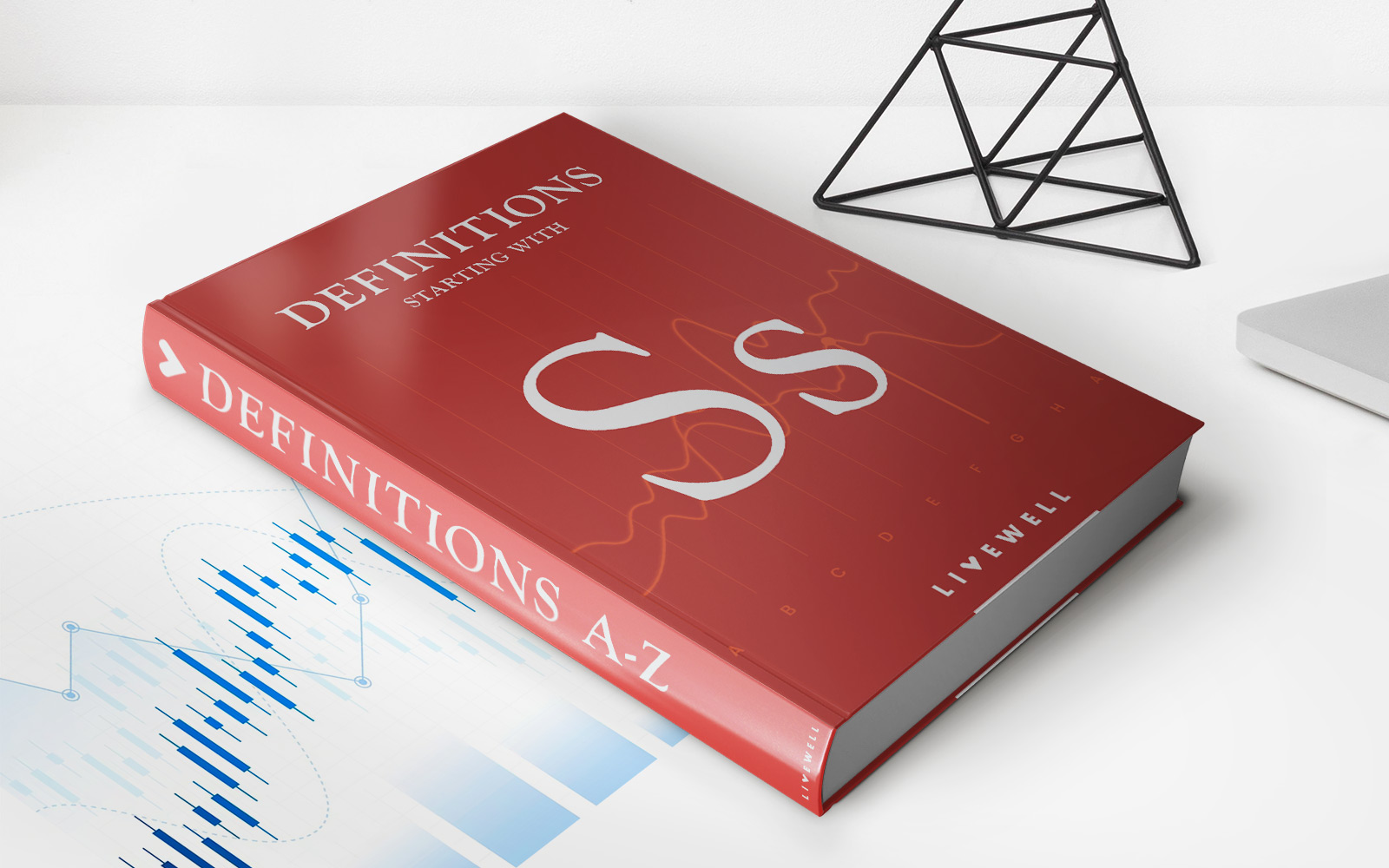Home>Finance>What Letter Represents May In Futures Contracts?
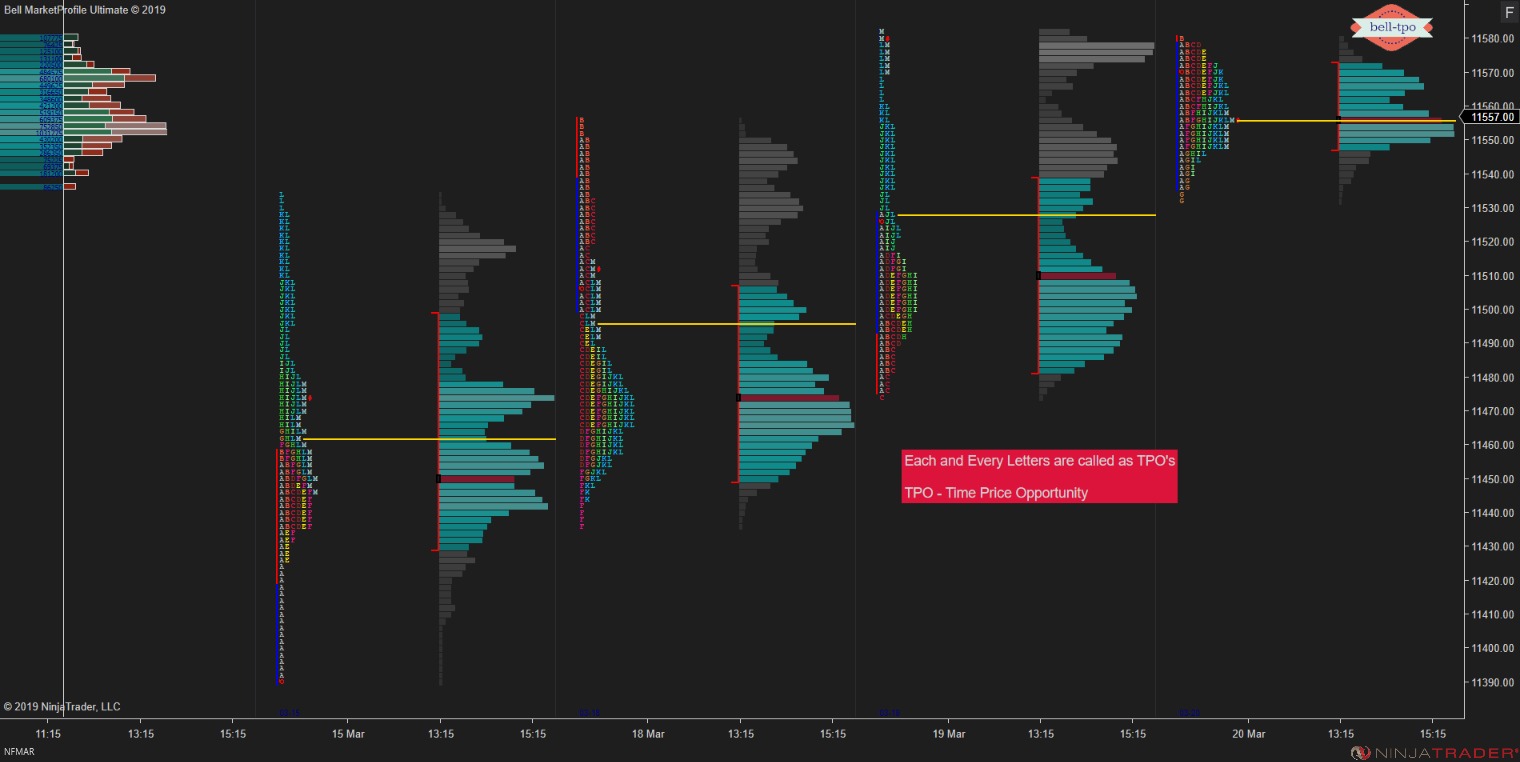

Finance
What Letter Represents May In Futures Contracts?
Published: December 24, 2023
Discover what letter represents May in futures contracts and gain a deeper understanding of finance. Explore the significance of this month in the world of trading.
(Many of the links in this article redirect to a specific reviewed product. Your purchase of these products through affiliate links helps to generate commission for LiveWell, at no extra cost. Learn more)
Table of Contents
Introduction
Futures contracts are a vital component of the financial market, allowing traders and investors to speculate on the future price of various commodities and financial instruments. These contracts have standardized terms and conditions, including a specific duration and expiration date. One essential aspect of futures contracts is the representation of each month within the contract’s lifecycle. Rather than using the full month name, these contracts employ a specific letter to represent each month.
Understanding the letter representation for each month is crucial for anyone involved in the world of futures trading. In this article, we will dive into the details of futures contract month representations and specifically focus on the letter that represents the month of May.
We will explore the importance of futures contracts, the months represented in these contracts, and the significance of the letter used to represent May. Whether you are a seasoned trader or new to the world of finance, this article will shed light on the topic and provide valuable insights into the intricacies of futures trading.
Understanding Futures Contracts
Before diving into the specific letter representation for May in futures contracts, it is important to have a solid understanding of what futures contracts are and how they function in the financial market.
A futures contract is an agreement between two parties to buy or sell an asset at a predetermined price on a specified future date. These contracts serve as a means for market participants to manage risk and speculate on price movements. Futures contracts are commonly traded in various asset classes, including commodities (such as oil, gold, and wheat), stock market indices, currencies, and interest rates.
One key feature of futures contracts is that they are standardized. This means that they have specific terms and conditions that are uniform across all contracts of the same type. These terms include the contract size (the amount of the underlying asset), the delivery month, the tick size (minimum price fluctuation), and the delivery location (for physical settlement contracts).
The standardized nature of futures contracts allows for liquidity and ease of trading. Market participants can enter and exit positions in the futures market with relative ease, as there is generally a high level of trading activity and a readily available pool of buyers and sellers.
It is important to note that most futures contracts are settled before their expiration date through offsetting transactions. For instance, if an investor bought a futures contract to purchase a specific asset, they can sell an identical contract to close out their position. This offsets the initial contract, effectively cancelling the obligation to buy or sell the asset at the expiration date.
Now that we have laid the groundwork for understanding futures contracts, let’s explore how months are represented within these contracts.
Months Represented in Futures Contracts
In futures contracts, rather than using the full name of the month, a standardized letter is assigned to represent each month. This letter is used to identify the delivery or contract month. The use of letters helps in streamlining communication and avoids confusion caused by different regional or cultural naming conventions for months.
The letters used to represent each month in futures contracts follow a specific sequence. They are arranged in alphabetical order, starting with the letter “F” for January and continuing through to “Z”, excluding the letter “J”. The letter “J” is skipped to avoid confusion with July, which is represented by “N” to avoid similarity with the letter “J”.
The table below illustrates the letter representation for each month in futures contracts:
| Letter | Month |
|---|---|
| F | January |
| G | February |
| H | March |
| K | April |
| N | July |
| Q | August |
| U | September |
| V | October |
| X | November |
| Z | December |
It is worth noting that not all futures contracts are available for trading in every month. The availability of specific contracts may depend on factors such as market demand, liquidity, and the underlying asset being traded. Some contracts may have limited active months, with the most actively traded contracts typically covering a span of several months.
Now that we have an understanding of the letter representation for each month, let’s uncover the letter that represents the month of May in futures contracts.
The Letter Representing May in Futures Contracts
In the sequence of letters used to represent each month in futures contracts, the letter assigned to May is “K”. This means that in futures contracts, May is represented by the letter “K” when referring to the delivery or contract month.
The letter “K” for May falls in line with the alphabetical sequence used for month representation in futures contracts. It comes after the letters “H” for March and “G” for February. This sequential letter assignment provides consistency and clarity in communication across the futures trading industry.
The use of letters to represent months in futures contracts allows traders and market participants to easily identify and reference specific contract months. For example, if a trader wants to purchase a futures contract that expires in May, they would look for the contract with the letter “K”.
It is important to note that the letter representation of the month may vary depending on the specific futures market and the underlying asset being traded. While the letter “K” typically represents May, it is always recommended to consult the specifications of the specific futures contract to ensure accurate identification of the contract month.
Understanding the letter that represents May in futures contracts is of significant importance for traders and investors. By knowing the letter associated with the month, market participants can easily identify and trade the specific contract they desire, ensuring proper positioning and execution within the futures market.
To conclude, the letter “K” is used to represent the month of May in futures contracts. This standardized letter representation facilitates efficient communication and trading within the futures market, allowing market participants to confidently engage in futures trading activities.
Conclusion
In the world of futures trading, the representation of months through standardized letters is an essential element. Understanding the letter that represents each month in futures contracts helps traders and investors navigate the market efficiently and effectively.
In this article, we explored the concept of futures contracts and their significance in the financial market. We learned that futures contracts are agreements to buy or sell assets at predetermined prices on specified future dates. These contracts are standardized to ensure uniformity and enable liquidity in trading.
We also delved into the letter representation for each month in futures contracts. The sequence of letters follows the alphabetical order, excluding the letter “J”, which is omitted to avoid confusion with July. May, in particular, is represented by the letter “K”. This standardized representation allows market participants to easily identify and trade specific contract months, facilitating efficient communication and execution.
By understanding the letter representing May in futures contracts, traders and investors can confidently engage in trading activities, positioning themselves within the market accurately. However, it is always crucial to refer to the specific futures contract specifications to confirm the letter associated with a particular month.
In conclusion, futures contracts provide opportunities for market participants to manage risk and speculate on price movements. The letter representation of months in these contracts streamlines communication and enables efficient trading. Whether you are a seasoned trader or new to futures trading, understanding the letter representation for each month is vital for navigating the dynamic world of finance.
Now armed with this knowledge, you can confidently engage in futures trading, making informed decisions and capitalizing on market opportunities throughout the year.








